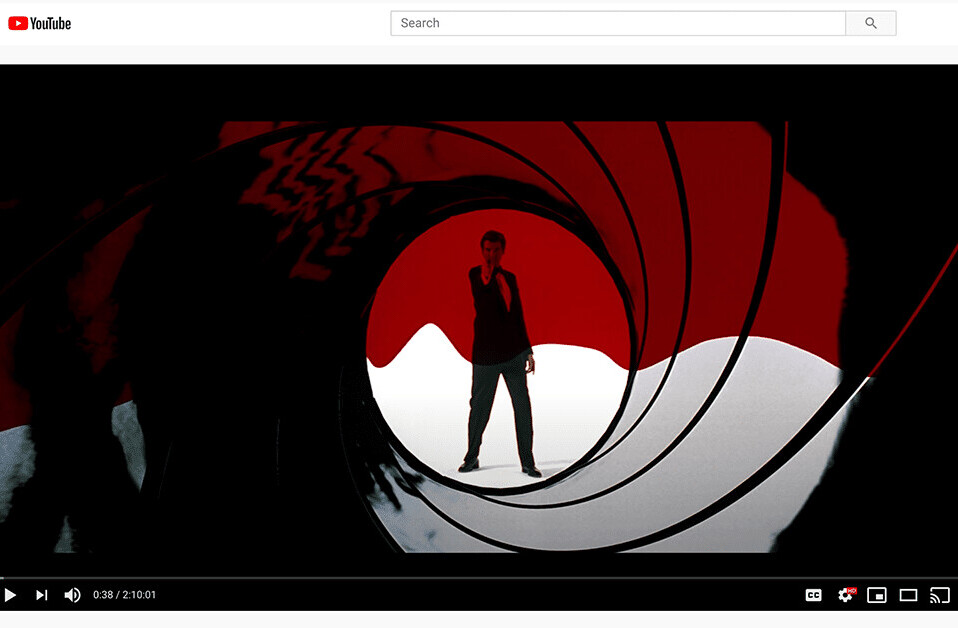
 It seems that every time a blog under the Gawker Media banner breaks a major, internet-consuming story — whether it’s an iPhone prototype, nude pictures of Brett Favre, or a first-person account of a 25-year-old’s sleepover with Senate candidate Christine O’Donnell — there’s a certain subset of media critics who focus on Gawker-owner Nick Denton’s payment for the scoop. This despite the fact that paying for stories is a rather common business decision made by dozens of news outlets, including tabloid magazines and even major TV news networks (who pay exorbitant “licensing fees” to gain access to exclusive photos, which almost always result in an exclusive interview as well).
It seems that every time a blog under the Gawker Media banner breaks a major, internet-consuming story — whether it’s an iPhone prototype, nude pictures of Brett Favre, or a first-person account of a 25-year-old’s sleepover with Senate candidate Christine O’Donnell — there’s a certain subset of media critics who focus on Gawker-owner Nick Denton’s payment for the scoop. This despite the fact that paying for stories is a rather common business decision made by dozens of news outlets, including tabloid magazines and even major TV news networks (who pay exorbitant “licensing fees” to gain access to exclusive photos, which almost always result in an exclusive interview as well).
Perhaps the reason is, in part, because Gawker is a relatively new web start-up and online news isn’t particularly well known for paying its writers very well, much less dropping thousands of dollars for a single post. It was just a few years ago when Denton was paying $10 per post to some of his writers. So I wondered how Gawker calculates whether it will pay for a scoop, and how much? Why was the iPhone story (13 million views) worth $5,000, the Christine O’Donnell story (1.2 million views) worth a “low four figures,” and the Brett Favre pics (4.6 million views) worth “less than $20,000“?
Gawker’s editor-in-chief Remy Stern told me in a phone interview that while he can’t speak for the sister blogs, Gawker is approached at least once a week with some kind of pay-for-play scoop and at least 95 percent of them are deemed not worth paying for. “If it’s someone who has a photo, they’ll say something like, ‘I have these photos,’ and they’ll describe them but won’t actually send the photos. They’ll sort of want to talk about it, or want to discuss an arrangement, and this is something that indicates they’re looking to be paid. It tends to be when someone approaches us; we’re not going out with our hand out to pay for things. Sometimes there’s an intermediary — someone else will approach us — someone we know or someone we don’t know who says they know a company who’s looking to sell something … In most cases it’s something that we wouldn’t be interested in and we can eliminate it right off the bat. In other cases, I’ll have a discussion with our person and see what they have and what they’re looking to do. We don’t have massive amounts of money to pay people for stories.”
The editors will first consult with Denton, but Stern said that it’s not uncommon for the media mogul to leave the decision up to an individual site’s editor. “We’re taking a bit of a chance in all these cases that whatever we pay for is going to be worth it,” he explained. “You have tabloids that are paying astronomical amounts of money for things, and that’s not how we operate. So we’re not fairly competitive with these glossy tabloids who have lots of money to throw around.”
 The editor said that the decision to pay for a story is based on a “gut feeling,” adding that there are some rough calculations as to how many unique visitors a story would attract, something that’s “hard to turn into an exact science.” A political story before a large election, for instance, may be worth more because it has the opportunity for a bigger “draw.” Surprisingly, Gawker will sometimes pay for a story that wouldn’t be considered a huge traffic driver because it “is important to our audience,” meaning that it’s also focused on the long-time retention of current readers. As for the O’Donnell story, Stern said that it had far exceeded his expectations.
The editor said that the decision to pay for a story is based on a “gut feeling,” adding that there are some rough calculations as to how many unique visitors a story would attract, something that’s “hard to turn into an exact science.” A political story before a large election, for instance, may be worth more because it has the opportunity for a bigger “draw.” Surprisingly, Gawker will sometimes pay for a story that wouldn’t be considered a huge traffic driver because it “is important to our audience,” meaning that it’s also focused on the long-time retention of current readers. As for the O’Donnell story, Stern said that it had far exceeded his expectations.
Shortly after the iPhone 4 story broke, Denton claimed that he was not able to directly monetize all the page views because the ad sales are made in advance. In fact, he said he actually lost money in the short term. The benefit, he explained, was the long term branding opportunity for Gizmodo, which has enjoyed a significant increase in daily traffic since the story broke. “It certainly is a long term traffic benefit because you hopefully have new readers come to the site and stick around,” said Stern. “If it attracts 100,000 new visitors, and 200 or 500 of those people decide to check out the site every day and become regular readers, then you’re sort of building audience over time with these big scoops. It’s not an immediate ad benefit. In fact, in the case of some of these controversial high profile stories, there aren’t ads running on those posts anyway.”
One reason Gawker may decide not to pay for an item is if there’s no story attached to it. “We’re not just buying nude photos of some celebrity,” he said. “We’re kind of looking for a different kind of story usually. We usually like to find something where it’s part of a package; there’s a little bit of a tale to tell. For instance with the O’Donnell story, there was this hypocrisy that we found interesting and it was a lot more than simply ‘Here, look at these photos.'”
Of course the best scoops not only allow Gawker to publish the story itself, but to actually become part of the story. If you didn’t hear about the iPhone 4 prototype when it first hit Gizmodo, you likely heard of it when editor Jason Chen’s home was raided by police, who then seized his computers. That’s the kind of scoop that not even Nick Denton can buy.
Get the TNW newsletter
Get the most important tech news in your inbox each week.




